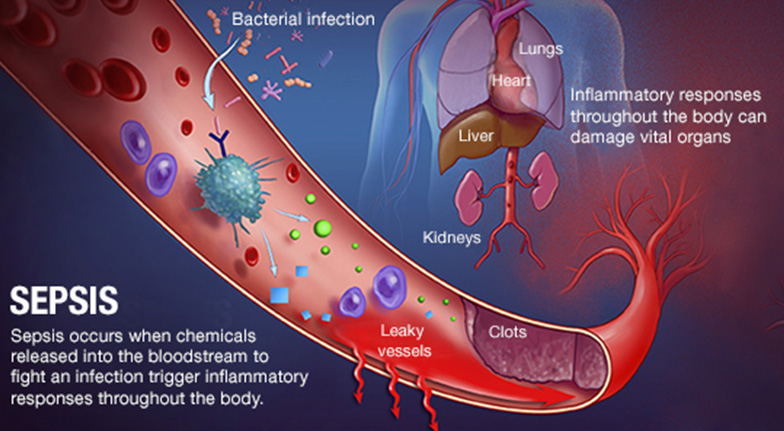overweight and obesity causes
Key realities
Overall corpulence has almost significantly increased starting around 1975.
In 2016, more than 1.9 billion grown-ups, 18 years and more established, were overweight. Of these north of 650 million were stout.
39% of grown-ups matured 18 years and over were overweight in 2016, and 13% were fat.
The majority of the total populace live in nations where overweight and weight kills a bigger number of individuals than underweight.
39 million youngsters younger than 5 were overweight or corpulent in 2020.
More than 340 million kids and youths matured 5-19 were overweight or corpulent in 2016.
Heftiness is preventable.
What are heftiness and overweight
Overweight and weight are characterized as strange or unnecessary fat aggregation that might impede wellbeing.
Weight file (BMI) is a basic list of weight-for-level that is generally used to order overweight and stoutness in grown-ups. It is characterized as an individual's load in kilograms separated by the square of his level in meters (kg/m2).
Grown-ups
For grown-ups, WHO characterizes overweight and stoutness as follows:
overweight is a BMI more prominent than or equivalent to 25; and
stoutness is a BMI more prominent than or equivalent to 30.
BMI gives the most valuable populace level proportion of overweight and heftiness as it is no different for the two genders and for all times of grown-ups. In any case, it ought to be viewed as a harsh aide since it may not relate in a similar way of heftiness in various people.
For kids, mature should be thought about while characterizing overweight and heftiness.
Kids under 5 years old
For kids under 5 years old:
overweight is weight-for-level more noteworthy than 2 standard deviations above WHO Youngster Development Principles middle; and
heftiness is weight-for-level more noteworthy than 3 standard deviations over the WHO Youngster Development Guidelines middle.
Youngsters matured between 5-19 years
Overweight and heftiness are characterized as follows for youngsters matured between 5-19 years:
overweight is BMI-for-age more prominent than 1 standard deviation over the WHO Development Reference middle; and
Weight is more prominent than 2 standard deviations over the WHO Development Reference middle.
Outlines and tables: WHO development reference for kids matured between 5-19 years
Realities about overweight and corpulence
Some new WHO worldwide evaluations follow.
In 2016, more than 1.9 billion grown-ups matured 18 years and more established were overweight. Of these more than 650 million grown-ups were hefty.
In 2016, 39% of grown-ups matured 18 years and more than (39% of men and 40% of ladies) were overweight.
Generally speaking, around 13% of the world's grown-up populace (11% of men and 15% of ladies) were fat in 2016.
The overall predominance of stoutness almost significantly increased somewhere in the range of 1975 and 2016.
In 2019, an expected 38.2 million kids younger than 5 years were overweight or fat. When considered a major league salary country issue, overweight and stoutness are presently on the ascent in low-and center pay nations, especially in metropolitan settings. In Africa, the quantity of overweight kids under 5 has expanded by almost 24% percent beginning around 2000. Close to half of the kids under 5 who were overweight or large in 2019 lived in Asia.
More than 340 million kids and teenagers matured 5-19 were overweight or corpulent in 2016.
The pervasiveness of overweight and corpulence among kids and youths matured 5-19 has risen decisively from only 4% in 1975 to simply more than 18% in 2016. The ascent has happened much the same way among both young men and young ladies: in 2016 18% of young ladies and 19% of young men were overweight.
While just shy of 1% of kids and young people matured 5-19 were stout in 1975, more 124 million kids and teenagers (6% of young ladies and 8% of young men) were corpulent in 2016.
Overweight and corpulence are connected to additional passings overall than underweight. Universally there are a larger number of individuals who are stout than underweight - this happens in each district with the exception of parts of sub-Saharan Africa and Asia.
What causes stoutness and overweight?
The major reason for weight and overweight is an energy unevenness between calories consumed and calories exhausted. Worldwide, there has been:
an expanded admission of energy-thick food varieties that are high in fat and sugars; and
an expansion in actual dormancy because of the undeniably stationary nature of many types of work, changing methods of transportation, and expanding urbanization.
Changes in dietary and actual work designs are many times the consequence of ecological and cultural changes related with improvement and absence of strong strategies in areas, for example, wellbeing, farming, transport, metropolitan preparation, climate, food handling, dispersion, advertising, and schooling.
What are normal wellbeing results of overweight and corpulence?
Raised BMI is a significant gamble factor for noncommunicable infections, for example,
cardiovascular illnesses (primarily coronary illness and stroke), which were the main source of death in 2012;
Diabetes;
outer muscle issues (particularly osteoarthritis - a profoundly debilitating degenerative infection of the joints);
a few diseases (counting endometrial, bosom, ovarian, prostate, liver, gallbladder, kidney, and colon).
The gamble for these noncommunicable sicknesses increments, with expansions in BMI.
Youth heftiness is related with a higher opportunity of stoutness, sudden passing and handicap in adulthood. In any case, notwithstanding expanded future dangers, large kids experience breathing troubles, expanded chance of breaks, hypertension, early markers of cardiovascular illness, insulin obstruction and mental impacts.
Confronting a twofold weight of unhealthiness
Some low-and center pay nations are presently confronting a "twofold weight" of unhealthiness.
While these nations keep on managing the issues of irresistible illnesses and undernutrition, they are likewise encountering a fast upsurge in noncommunicable sickness risk factors like weight and overweight, especially in metropolitan settings.
Finding undernutrition and weight existing together inside a similar country, a similar local area and a similar household is entirely expected.
Kids in low-and center pay nations are more powerless against lacking pre-natal, baby, and small kid nourishment. Simultaneously, these kids are presented to high-fat, high-sugar, high-salt, energy-thick, and micronutrient-unfortunate food sources, which will more often than not be lower in cost yet in addition lower in supplement quality. These dietary examples, related to bring down degrees of actual work, bring about sharp expansions in youth weight while undernutrition issues stay perplexing.
How might overweight and heftiness be diminished?
Overweight and weight, as well as their connected noncommunicable sicknesses, are generally preventable. Steady conditions and networks are basic in molding individuals' decisions, by pursuing the decision of better food varieties and standard actual work the least demanding decision (the decision that is the most open, accessible and reasonable), and accordingly forestalling overweight and stoutness.
At the singular level, individuals can:
limit energy consumption from complete fats and sugars;
increment utilization of leafy foods, as well as vegetables, entire grains and nuts; and
participate in normal actual work (an hour daily for kids and 150 minutes spread during that time for grown-ups).
Individual obligation can have its full impact where individuals approach a solid way of life. Consequently, at the cultural level it is essential to help people in following the suggestions above, through supported execution of proof based and populace based arrangements that make normal actual work and better dietary decisions accessible, reasonable and effectively open to everybody, especially to the most unfortunate people. An illustration of such a strategy is a duty on sugar improved drinks.



Comments
Post a Comment